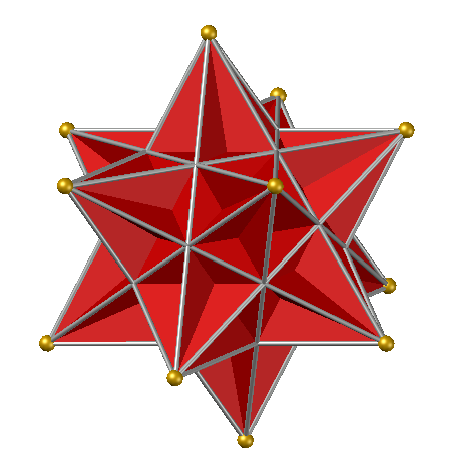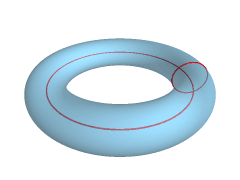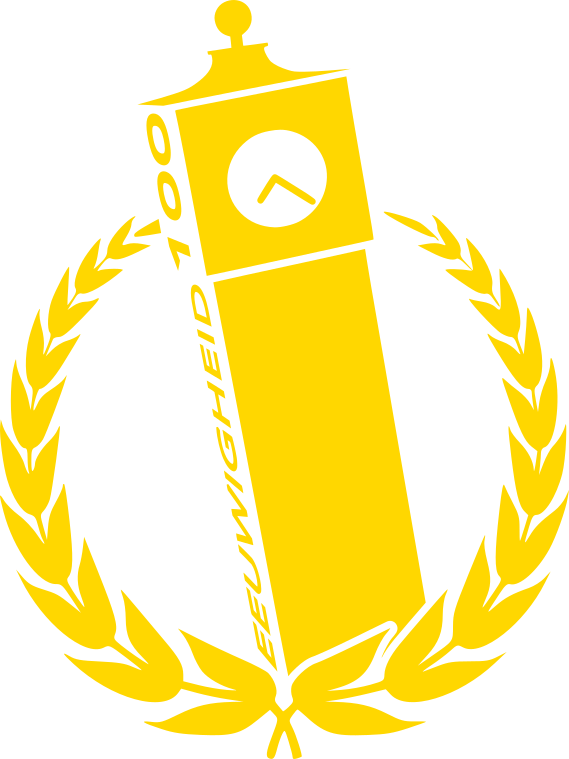Within mathematics, a lot of research is still being conducted in the fields of analysis and topology. A good way of understanding functions is to visualise them, thereby creating beautiful objects, which can also be exhibited as works of art. One of the exhibited items is a large icosahedron. A large icosahedron is a star polyhedron consisting of 20 equilateral triangles that come together in 12 vertices.

A torus, a donut-shaped object, can also be seen in the cabinet. This torus is special, however, as the small beam isn't constant. As a result, the torus is a bit thicker on one side than one the other side.

Within topology, many shapes are homeomorphous to each other. Broadly speaking, a topological space is a geometric object and homeomorphism is the constant stretching, bending, extending and folding of this object into a new shape. A well-known example of this is a mug that you can turn into a donut.

Mathematics can be seen in other works of art too. Dutch artist Escher is known for his works of art that often play with the principles of mathematics. Leiden mathematics professor Hendrik Lenstra finished off the litho ‘Print exhibition’ with a mathematical comparison. He recognised the Droste pattern in the image, and with the correct factors to transform the image, he was able to turn it into an infinitely precise image.
